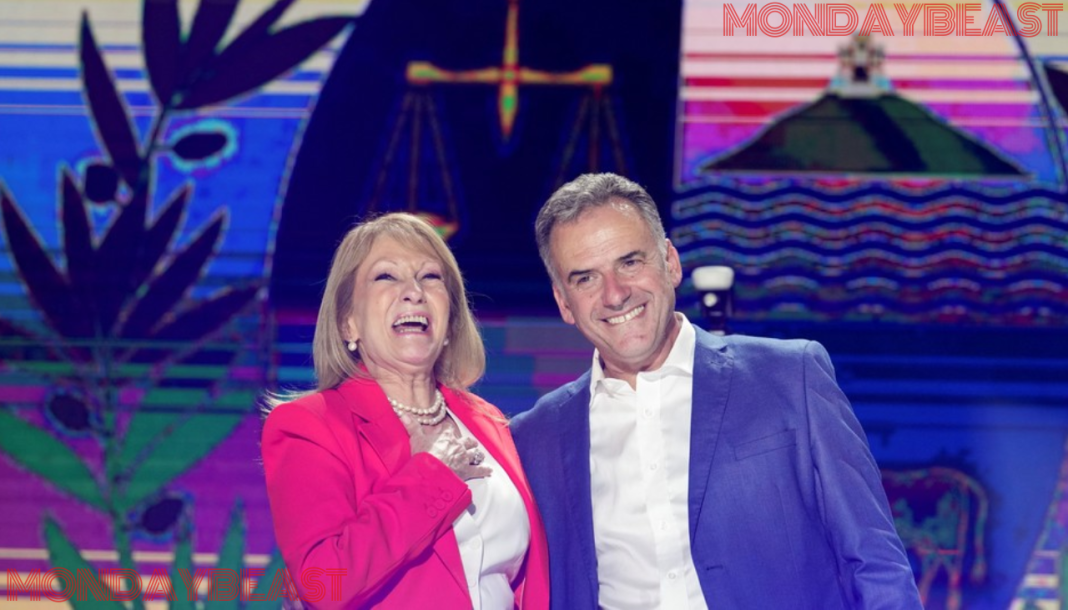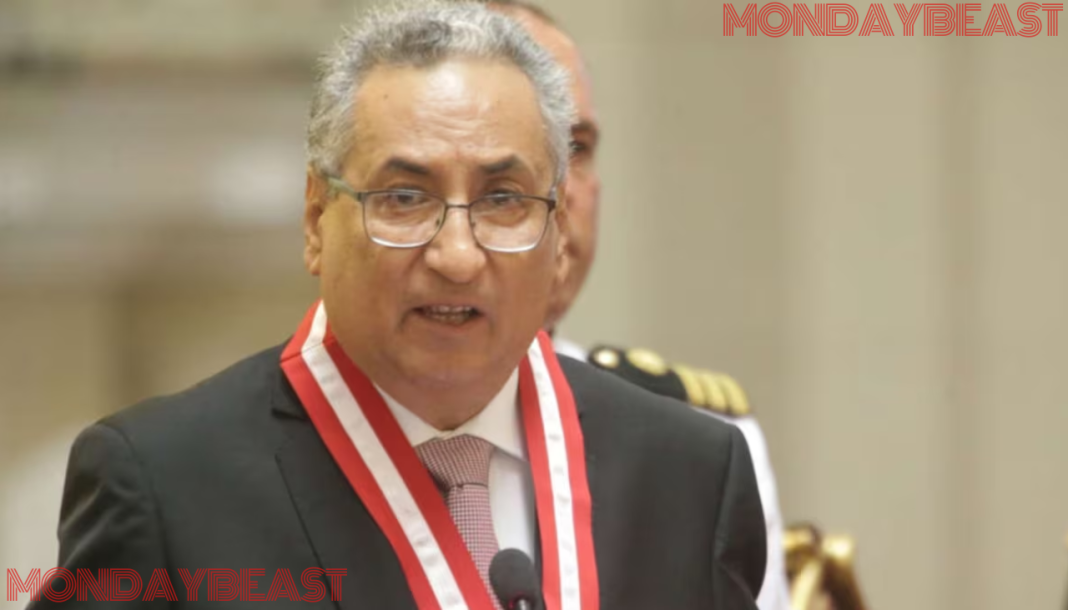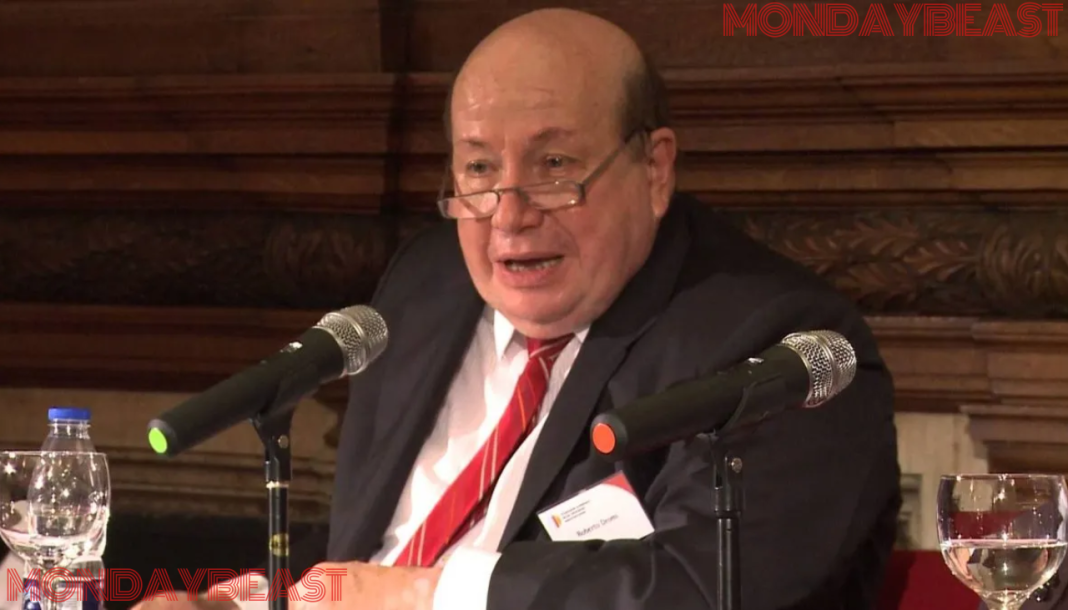As Yamandú Orsi takes the presidency in Uruguay, many wonder what this transition means for Argentina and the broader Latin American region. Javier Milei’s government quickly extended congratulations, signaling a desire to collaborate on shared agendas. The backdrop, however, is complex and layered.
Both leaders represent different ideologies. Milei, a staunch libertarian, and Orsi, from the Frente Amplio, are at the center of this political exchange. Their stances could lead to a tightrope walk in diplomatic relations. The question arises—can two such ideologically different leaders find common ground?
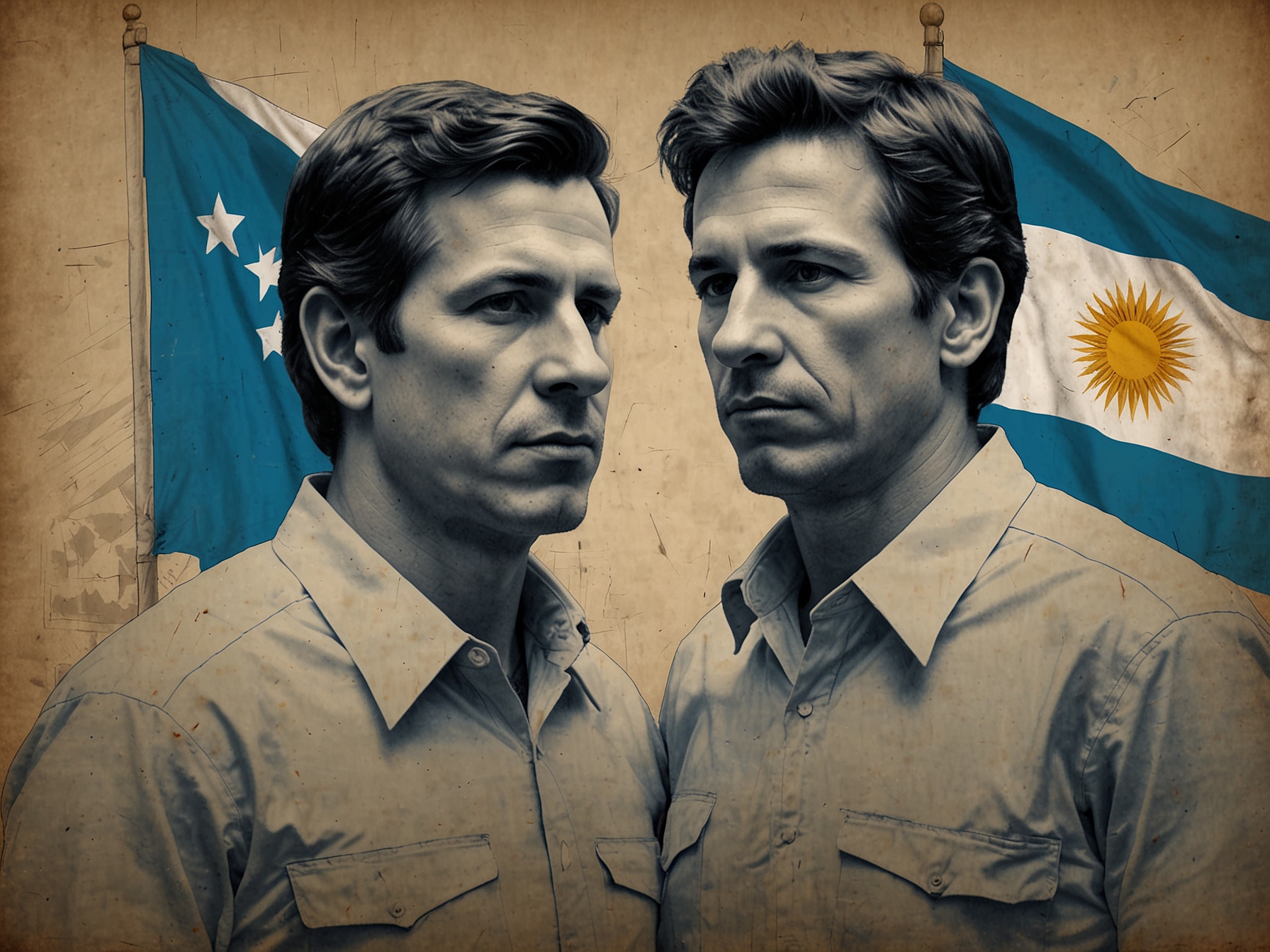
The Argentine Foreign Ministry expressed a strong commitment to work with Uruguay. They emphasized their dedication to strengthening bilateral ties for mutual welfare. Such expressions of goodwill often create initial optimism, but the reality could be more nuanced.
Can these nice words truly translate into collaborative action, especially given the significant ideological gaps? Orsi himself reached out during his campaign. He called for a ‘fluid relationship’ with Argentina and Brazil, recognizing the necessity of regional cooperation.
His words resonate given the diverse political landscapes in both countries. It’s a declaration of intent. But will it hold true in practice?
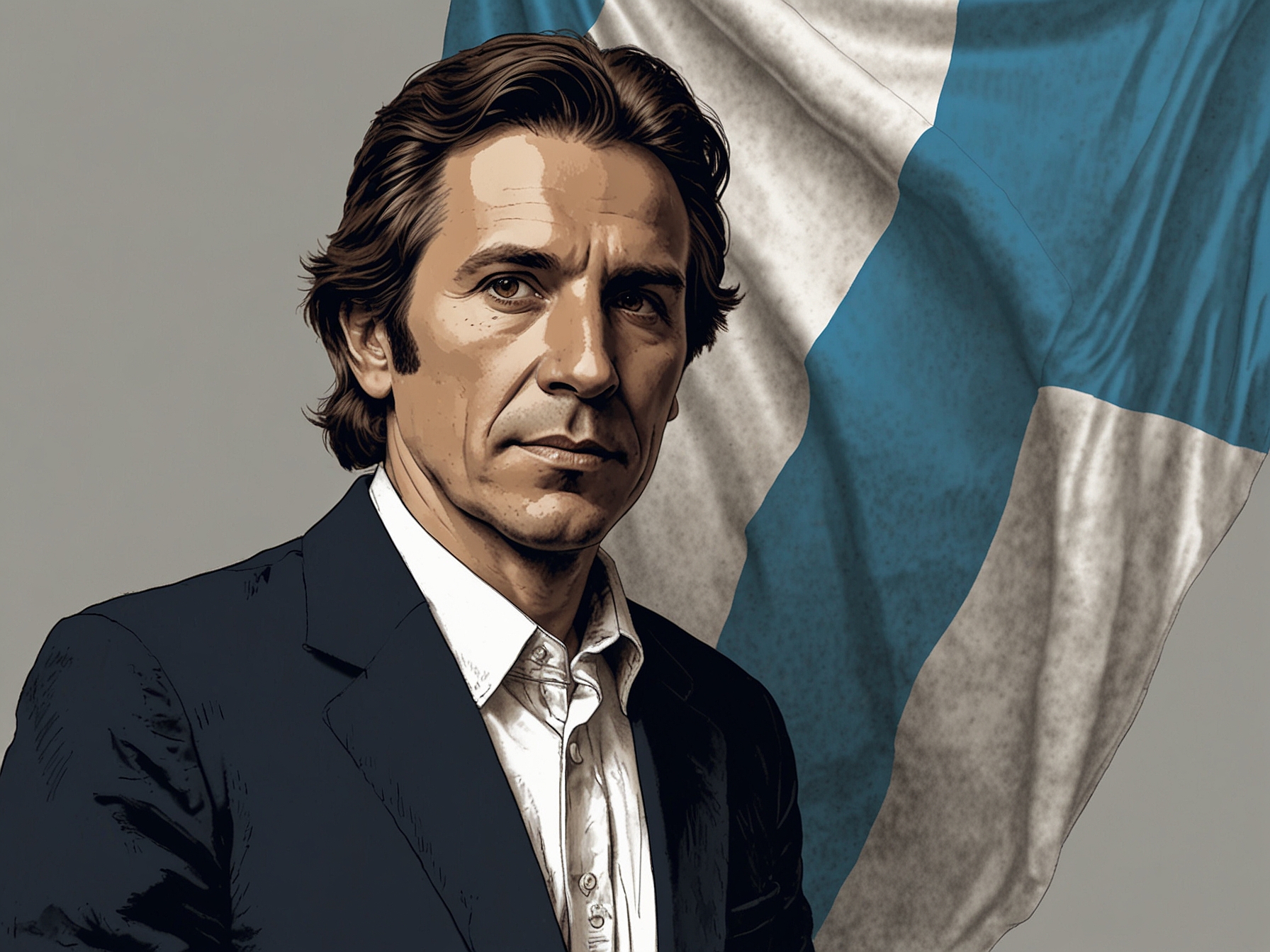
At this moment, the relationship sits in a realm of uncertainty. Recent actions hinted at an ideological split. Milei’s rejection of left-leaning governments casts a shadow over his approach to Orsi’s administration.
Thus, does ideology trump the essence of regional partnership? Only time will tell. Interestingly, Argentina’s economic partnerships are critical.
Argentina and Uruguay engage in a trade relationship that swings between 1,500 and 2,000 million dollars annually. An impressive sum, but there are notable fluctuations that complicate the picture. Trade could thrive, but how to sustain that growth amidst differing governance styles?
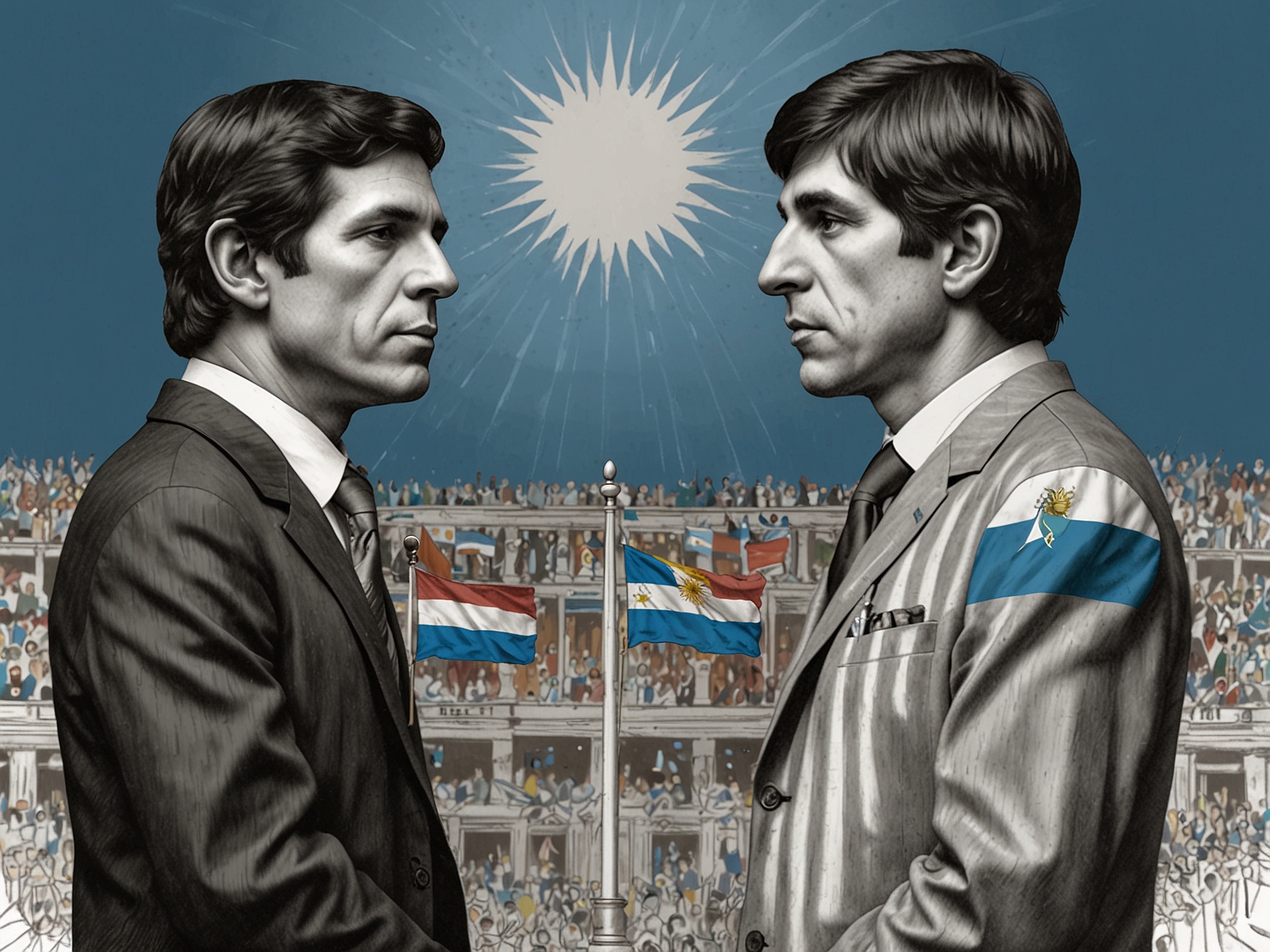
There are recent improvements. The Milei administration approved vital dredging projects for Montevideo’s port. Previously stalled by years of politicized decision-making, this represents a significant win for Uruguay.
Could this signal a thawing of tensions? It appears as if these nations could find productive collaboration still. Historically, the trajectory of these relations has veered off course.
The prior Kirchnerista governments often undermined constructive efforts, leading to a stunted partnership. Now, the current players must navigate past grievances. Can past failures be set aside for better future cooperation?
Meanwhile, upcoming events like the Mercosur summit loom on the horizon. Both governments plan to meet in December. Will these discussions yield positive results?
That remains uncertain, but the potential is there. In the end, the societal benefits hinge on the diplomatic effectiveness. Will Milei and Orsi steer their nations towards a more collaborative role in the region?
Or will their differences prove too great to bridge? The unfolding drama of Argentina and Uruguay’s diplomatic relations will be worth watching.

